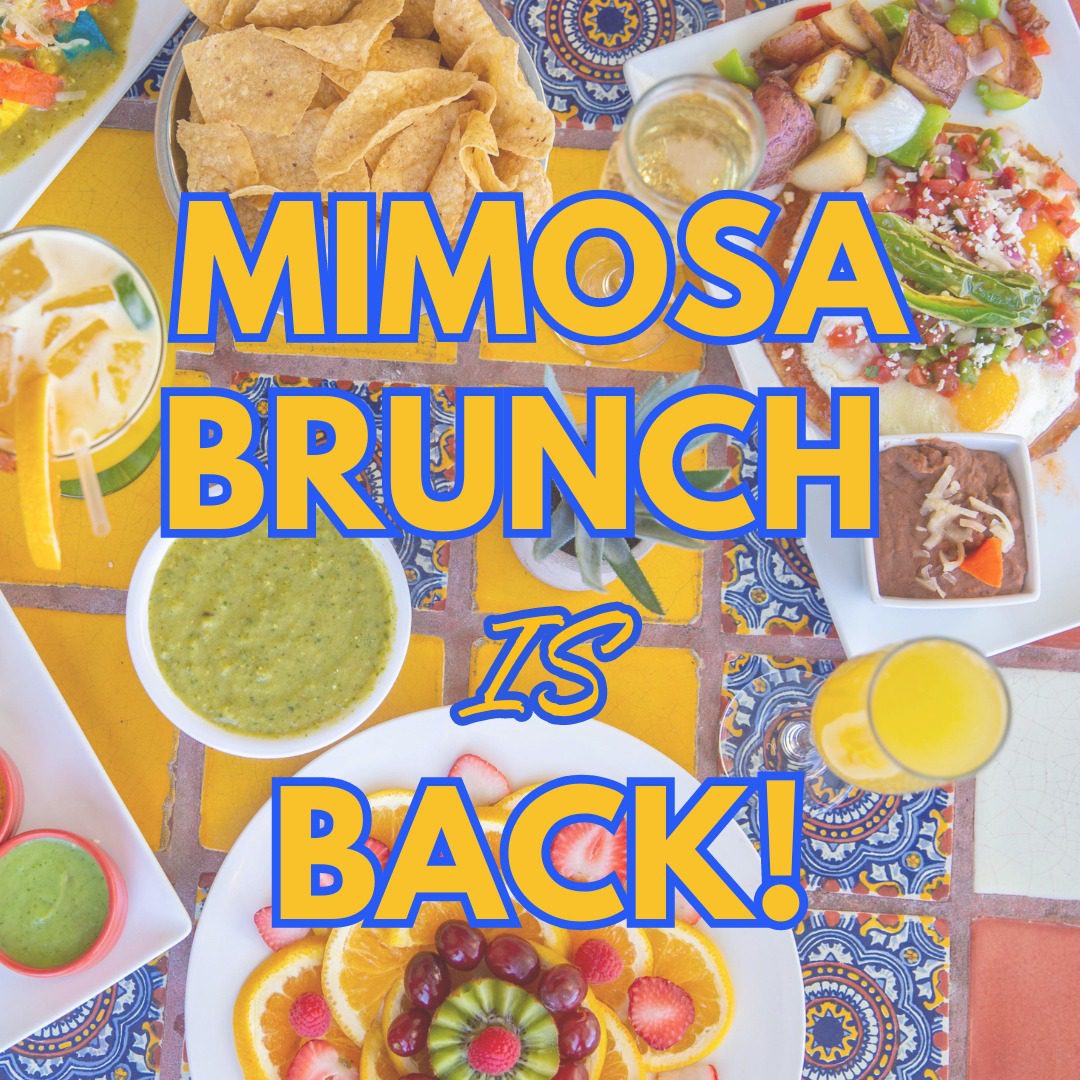Where did tequila come from?
If your immediate answer to that question is “Mexico,” then you’re correct. However, for many Tex-Mex connoisseurs, that single-word response is the extent of our knowledge about tequila’s origins. This drink, which can be enjoyed in shot form or as an ingredient in a variety of different cocktails, has a surprisingly rich backstory. Here’s the super-short version:
Early Editions
The Tale of Tequila begins a whopping 2,000 years ago. Pre-European contact, the Aztecs were very fond of a fermented beverage made from the sap of agave plants. Pulque, as the drink is called, was consumed for ritual purposes—and the stuff was so important that it even had its own patron god, Patecatl. Of course, pulque is quite different from the tequila that we all know and enjoy today—most Americans will go their entire lives without ever trying it. But we do have to give credit to the Aztecs for discovering the potential of fermented agave!
European Influence
According to lore, Spanish invaders in Mexico started making mescal (another predecessor to tequila) in the early 16th century. When the conquistadors’—and, later, colonists’—supply of brandy began to dwindle, they were forced to find something else to imbibe. The Europeans observed native folks making pulque out of agave, and this inspired them to distill agave using European techniques and technology. The end result was a stronger, purer drink that was usually referred to as “mescal wine” or “agave wine.” Around this time, Spain opened up trading routes between Mexico and Manila, which allowed mescal beverages to debut outside of their country of origin. It would still be a few more centuries before they’d become world-famous, though.
Further Refinement
In the early 1700s, consumers began to notice that the mescal wine produced near the town of Tequila in modern-day Jalisco, Mexico was of an especially high quality. The Cuervo family had been making mescal wine in that area since 1758, and in 1795, they were granted exclusive rights by the Spanish government to “officially” manufacture the drink for commercial purposes.
Cuervo’s grip on the industry went mostly unchallenged until 1858. That was the year that Don Cenobio Sauza, a former employee of one of Cuervo’s distilleries, decided to go into business for himself and purchased a distillery of his own. Sauza was (reportedly) the first brewer to recognize that the highest-quality mescal beverages were made with blue agave, and he began to use it exclusively in his products. The blue agave concoction, which Sauza named “Tequila Extract” in honor of its birthplace, was first sold in the United States in 1873 under the shortened name “tequila.”
Today, a substance cannot legally be called “tequila” unless (1) it is made from blue agave (as opposed to any other agave plant), and (2) it is produced in Jalisco or certain municipalities of Guanajuato, Michoacán, Nayarit, and Tamaulipas. Although Tequila is a type of mescal, not all mescal beverages are tequila.
Modern Machinations
Though tequila was available in the United States by the end of the 19th century, it wouldn’t gain much popularity until the Prohibition era. Revelers who were tired of drinking smuggled Canadian whisky and bootleg gin welcomed tequila as a refreshing change of pace—and with Tijuana being a popular vacation destination at the time, it was not difficult to obtain. Americans kept their newly-discovered love of tequila even after prohibition ended, and after more than 80 years, we don’t seem at all eager to give it up.
***
If you’re looking for a beverage to pair with Tex-Mex food, tequila-based cocktails are hard to beat. But the next time you’re slurping down a margarita or knocking back a shot or two, take a moment to reflect on tequila’s history. It’s a fascinating story; one that’s more than two millennia in the making. Knowing tequila’s origins isn’t necessary to enjoy drinking it...but having a bit of background information certainly doesn’t hurt!





